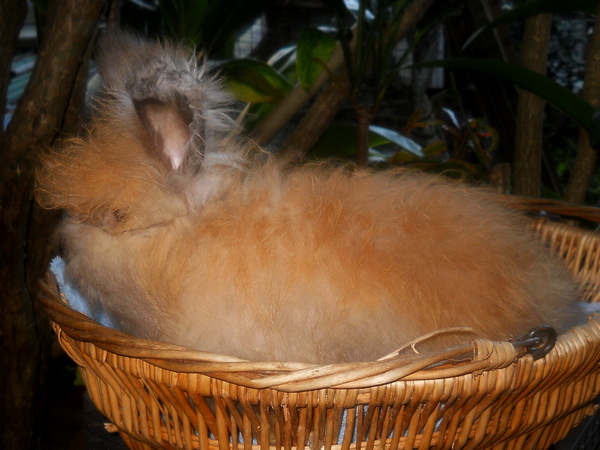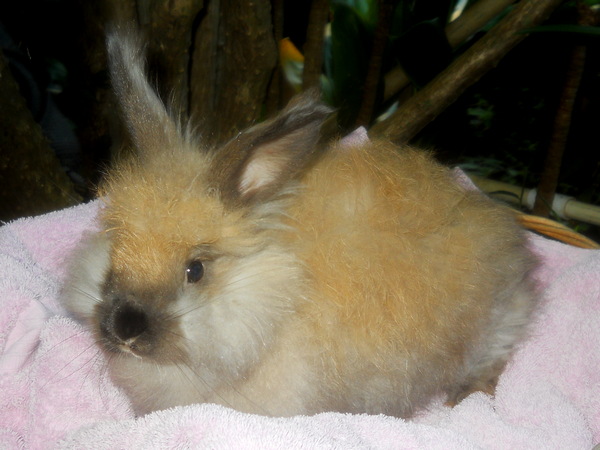Hey all, I'm new.
I've recently got super interested in rabbit genetics. There's a wealth of information about the colour and pattern genes:
A, B, C, D, E, En, Du, Si, V, W, P
And there's also information about coat structure genes:
f (furless), l (long/angora), r (rex), sa (satin), wa (wavy)
I've also been able to to find information about other genes:
y (yellow fat), br (brachydactyly), dw (dwarf)
Trying to go deeper, I've sussed out some more, but I'm having some trouble getting more information about them:
M (mane), like on the Lionhead. Incomplete dominance, homozygotes are double maned. Why isn't this more common on other breeds, non-dwarf breeds?
lo (lofferohr aka spoon ears), a sex-linked neotenic gene like dwarfism. Does it exist outside of dwarf rabbits? Functionally, could this be bred up to a giant rabbit?
pt (paralytic tremor), another sex-linked gene and obviously something one wants to avoid.
wh (wirehair), I found this referenced in an old, 1930s-ish article, alongside the following gene
wu (wuzzy), but I can't find either of these referenced in modern literature. Do they exist? Where they replaced in name by sa and wa? For that matter,
Astrex, is this just llrr or some other rex structure combo? Or is there another gene at play? I've had difficulty finding the answers I'm looking for about this.
Any other genes we know, but aren't mentioned here? I'm going to make another thread for modifier genes, I've also got a ton of questions about those, but this thread is for the more distinct genes as above. Thanks in advance!
I've recently got super interested in rabbit genetics. There's a wealth of information about the colour and pattern genes:
A, B, C, D, E, En, Du, Si, V, W, P
And there's also information about coat structure genes:
f (furless), l (long/angora), r (rex), sa (satin), wa (wavy)
I've also been able to to find information about other genes:
y (yellow fat), br (brachydactyly), dw (dwarf)
Trying to go deeper, I've sussed out some more, but I'm having some trouble getting more information about them:
M (mane), like on the Lionhead. Incomplete dominance, homozygotes are double maned. Why isn't this more common on other breeds, non-dwarf breeds?
lo (lofferohr aka spoon ears), a sex-linked neotenic gene like dwarfism. Does it exist outside of dwarf rabbits? Functionally, could this be bred up to a giant rabbit?
pt (paralytic tremor), another sex-linked gene and obviously something one wants to avoid.
wh (wirehair), I found this referenced in an old, 1930s-ish article, alongside the following gene
wu (wuzzy), but I can't find either of these referenced in modern literature. Do they exist? Where they replaced in name by sa and wa? For that matter,
Astrex, is this just llrr or some other rex structure combo? Or is there another gene at play? I've had difficulty finding the answers I'm looking for about this.
Any other genes we know, but aren't mentioned here? I'm going to make another thread for modifier genes, I've also got a ton of questions about those, but this thread is for the more distinct genes as above. Thanks in advance!





